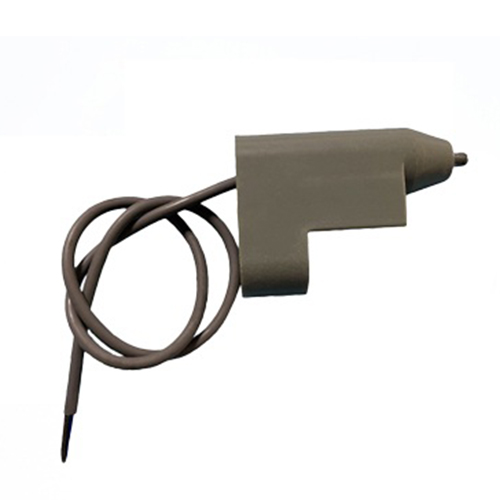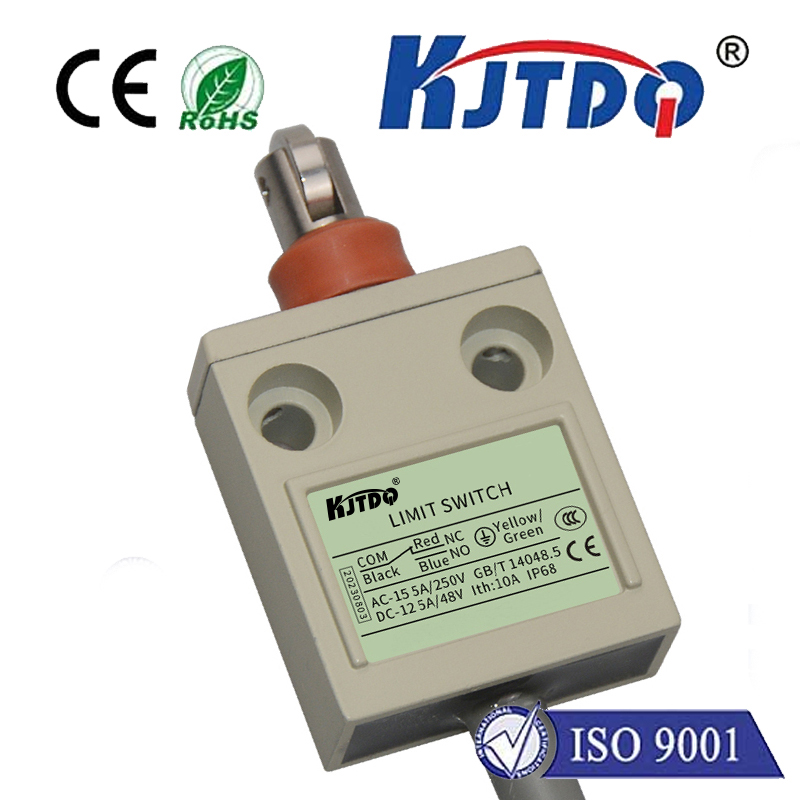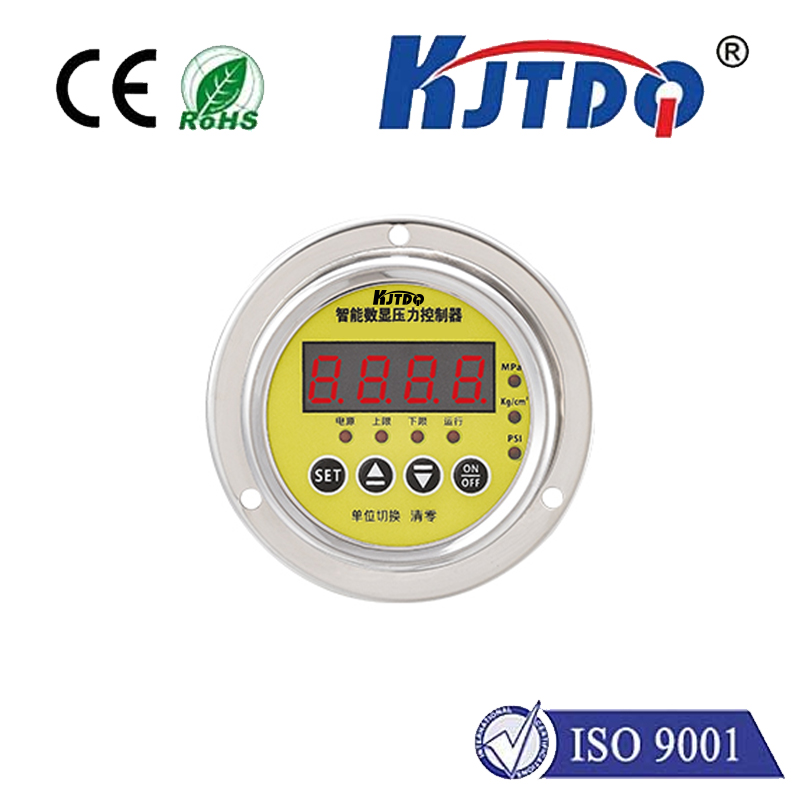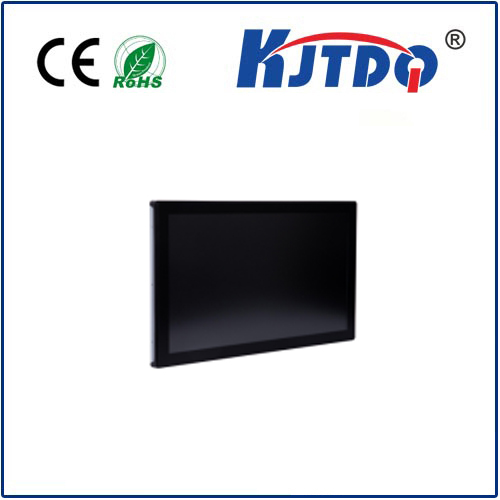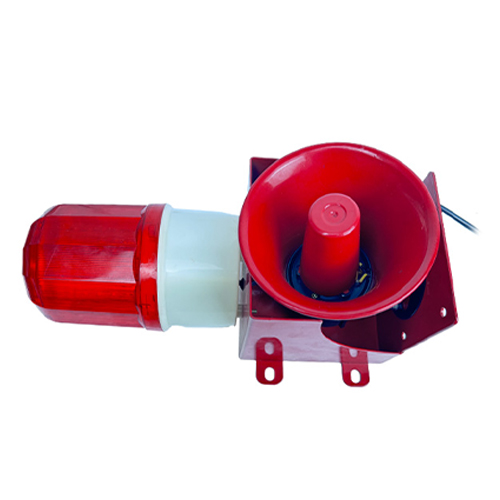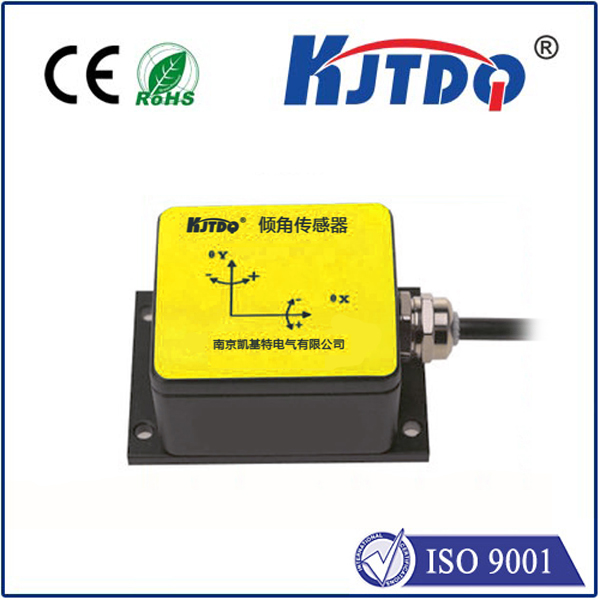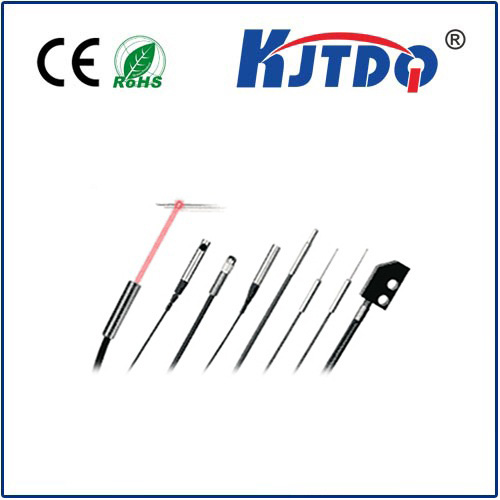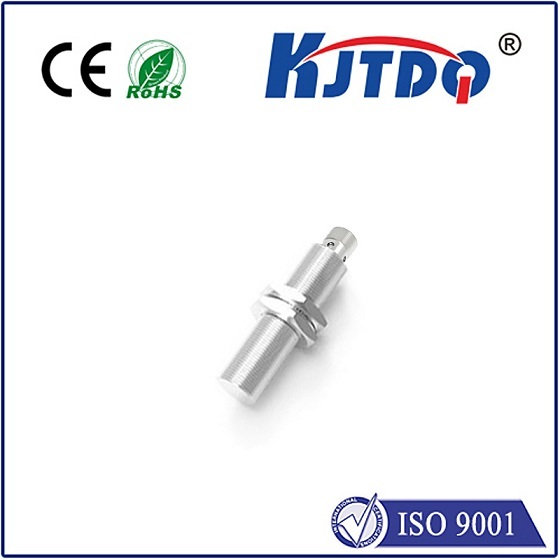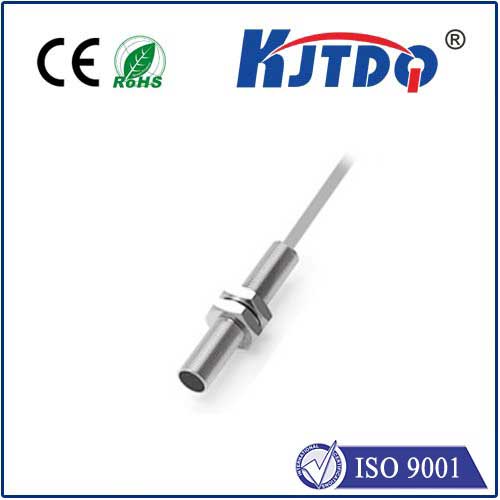use of photoelectric sensor
- time:2025-07-26 03:44:30
- Click:0
Photoelectric Sensors: The Quiet Revolution in Automation and Beyond
Have you ever marveled at the silent efficiency of a garage door magically reversing before hitting an obstacle, or pondered how factory assembly lines flawlessly count thousands of items per minute? The unsung hero behind these feats, and countless others, is often the humble photoelectric sensor. These remarkable devices, fundamental pillars of modern automation, utilize light to detect objects, measure distances, and control processes with remarkable precision and reliability.
At its core, the photoelectric sensor operates on a beautifully simple principle: light interaction. It typically consists of an emitter (light source, usually infrared LED, laser, or visible LED) and a receiver (phototransistor or photodiode). The presence, absence, or characteristics of an object interrupt or alter the light beam reaching the receiver. This change triggers an electrical signal, signifying detection. Crucially, this is non-contact sensing, meaning physical touch is unnecessary, minimizing wear and tear and expanding potential applications.

Understanding the fundamental types is key to appreciating their versatility:
- Through-Beam (Opposed Mode): This configuration features separate emitter and receiver units facing each other. An object is detected when it physically blocks the beam path. Known for exceptional reliability and long sensing ranges (sometimes exceeding 100 meters), it’s ideal for precise object detection on conveyor belts, security systems, and high-speed counting.
- Retroreflective: Here, both emitter and receiver reside in a single housing. The sensor relies on a reflector (prism or tape) positioned opposite. The emitted light bounces off the reflector and back to the receiver. An object detection occurs when it interrupts this reflected beam path. Offering simpler installation than through-beam (only one device to wire, plus reflector) while still providing good range, these are popular for vehicle detection, door controls, and medium-range object sensing.
- Diffuse-Reflective (Proximity Mode): The most common type, combining emitter and receiver in one unit. It detects an object by sensing the light diffused (scattered) back from the object itself. Unlike retroreflective, it doesn’t require a separate reflector. While sensing range is typically shorter, its major advantage is detecting objects regardless of background color or reflectivity, making it excellent for presence detection on machines, bottle fill level control, and automated sorting systems where object surface varies.
- Specialized Variants (Focusing & Distance): Convergent beam sensors focus light tightly at a specific point for precise small object detection. Background Suppression (BGS) and Foreground Suppression (FGS) sensors use triangulation to reliably detect objects within a specific zone, ignoring backgrounds beyond it. True Distance Measurement sensors use time-of-flight or triangulation to continuously measure the distance to a target.
The applications of photoelectric sensors are vast and continuously expanding, driven by their adaptability and non-contact nature:
- Industrial Automation: The bedrock of modern manufacturing. They detect parts on assembly lines, control robot positioning, ensure packaging is filled correctly, verify object presence before machining, count products, inspect labeling, and manage material handling systems with unmatched speed and reliability.
- Packaging and Material Handling: Ensuring boxes are present before sealing, detecting labels on bottles, counting items as they enter a carton, triggering filling mechanisms, and verifying package closure are routine tasks handled seamlessly by these sensors.
- Security Systems: Intrusion detection beams (through-beam), automatic door safety edges (diffuse or retroreflective), and gate access controls rely heavily on photoelectric technology for non-intrusive security monitoring.
- Automotive Industry: Employed throughout the production line for part positioning verification, robotic welding guidance, end-of-line testing sequences, and component presence checks, contributing significantly to efficiency and quality control.
- Food & Beverage Production: Hygienic variants are crucial for bottle/can fill level control, cap presence detection, label application verification, and packaging integrity checks – areas demanding sanitation and precision.
- Consumer Electronics & Appliances: Found in printers for paper jam detection, vending machines for dispensing verification, copiers for original document presence, and home appliances for door open/close status.
- Logistics & Warehousing: Automated guided vehicles (AGVs) use them for navigation and collision avoidance. They manage palletizing/depalletizing, control conveyor sorting systems, and trigger scanning operations.
- Emerging Frontiers: Photoelectric sensing plays a vital role in autonomous vehicles (LiDAR often incorporates the principle), smart homes (automatic lighting, occupancy detection), and agricultural automation (harvesting guidance, plant counting).
Why do photoelectric sensors dominate so many applications? Their advantages are compelling:
- Non-contact Operation: Eliminates mechanical wear, allowing detection of fragile objects and enabling very high-speed operations.
- High Speed & Precision: Capable of detecting objects at incredible speeds (kHz range) and with millimeter precision, essential for modern manufacturing.
- Long Sensing Ranges: Through-beam and retroreflective sensors offer detection over significant distances, covering large areas effectively.
- Versatility: The different types (through-beam, retroreflective, diffuse, specialized) cater to an immense range of object sizes, materials (opaque, transparent, glossy, matte), and environmental conditions (though considerations are needed).
- Reliability: Solid-state designs are robust and provide consistent performance with minimal maintenance under normal operating conditions.
- Cost-Effectiveness: Generally affordable and offer a high return on investment through improved efficiency and reduced downtime.
Looking ahead, the future of photoelectric sensing is bright. Integration with IIoT (Industrial Internet of Things) enables predictive maintenance by monitoring sensor health. Enhanced connectivity protocols facilitate easier configuration and data collection. Miniaturization continues, opening doors for applications in micro-manufacturing and medical devices. Improved algorithms and smarter designs are enhancing their ability to handle challenging surfaces and environmental interferences like dust and steam.
From the factory floor to our homes and beyond, the quiet, efficient, and incredibly versatile photoelectric sensor remains an indispensable tool. Its ability to harness light for reliable object detection fuels automation, enhances safety, improves quality, and drives innovation across countless industries, solidifying its status as a cornerstone technology in our increasingly automated world.












